Here's how to make dry-ice at home, or wherever you feel like it! All you need is a pillow case, and a CO2 fire extinguisher.
WARNING: Dry Ice is extremely cold! (-78C/-109F) and can cause instant frost-bite to exposed skin. This project should not be attempted without adult supervision and adequate training. Misuse, or careless use, of tools or projects may result in serious injury. Use of this video content is at your own risk.
This project was inspired by Theodore Gray.
Making Your Own Homemade Dry Ice
To make dry-ice, you need to secure a ready source of compressed liquid CO2. How about a CO2 fire extinguisher?

Some fire extinguishers utilize CO2 as the medium for suppressing fires because it's very clean and doesn't leave behind any residue. When pressurized liquid CO2 is quickly depressurized, the CO2 expands to a gas, and cools its surroundings. This is called adiabatic cooling. Because the CO2 sublimates directly into a gas, there's no mess to clean up after discharge!
Where to find one?
I called around to some fire-equipment companies asking about CO2 fire extinguishers. I hadn't seen these types of extinguishers much and was looking for where I could buy one used, or rent one just for experimenting.
By chance, one man I talked to said he had a 15lb CO2 extinguisher in storage, and he would give it to me for free! If you don't get as lucky, try calling a company that re-charges CO2 extinguishers and ask them if you can rent one, or borrow one for a science project.
Most fire extinguishers you see are filled with dry chemical. These are NOT what you want. It has to be Carbon Dioxide.
You can distinguish a CO2 fire extinguisher in a few different ways;
- Look for stickers or markings on the side of the tank that indicate "Carbon Dioxide" or "CO2".

- Look for a servicing sticker or tag with a hole punched next to "CO2".
- Look for a unusually large discharge horn. This is an oversized large black nozzle at the end of the hose.

- No pressure gauges is also a good indication.
These types of extinguishers aren't typically in public view. They are mainly found in restaurant kitchens, mechanical rooms, and in areas that hold sensitive equipment like computers. Interestingly enough, the CO2 is "food grade CO2".
Carbon dioxide fire extinguishers are usually referred to in terms of pounds. For example, a 15lb CO2 extinguisher is charged with a 15 lb weight of liquid CO2, and this can be identified by markings on the handle showing the full and empty weights.
Operation of the fire extinguisher is the same as any other. Just remove the locking pin, and press down on the handle.

What you'll see is a forceful jet of carbon dioxide vapor blasting from the discharge horn. The gas is extremely cold, and may take your breath away if you get too close.
Here's the trick to getting dry-ice...
Trap the cold!
Using a porous cloth material, like a pillowcase, cover the end of the discharge horn and pull up all the loose material.


When you have a good grip, give it a 4-6 second blast! Hang on tight because there will be a lot of pressure pumping into your pillowcase and you need to keep it from blowing away.

Oh yeah, it's also going to be pretty loud, so warn your family before you do it. That's speaking from experience!
When you remove the pillowcase, there will be a solid buildup at the bottom of the bag, as well as on the nozzle. Make sure to save that into the bag, then open it up to see what you got!
I found chunks of dry-ice snow, and digging down near the bottom I found enough to make a good sized dry-ice snowball!

Dry-ice is -78C/-109F, so using insulated gloves is recommended. I didn't use gloves, and while I did feel a little cold nip every now and again, I found for the most part that if I kept the ice moving around quickly, it didn't have a chance to sit long enough to give me a frostbite.
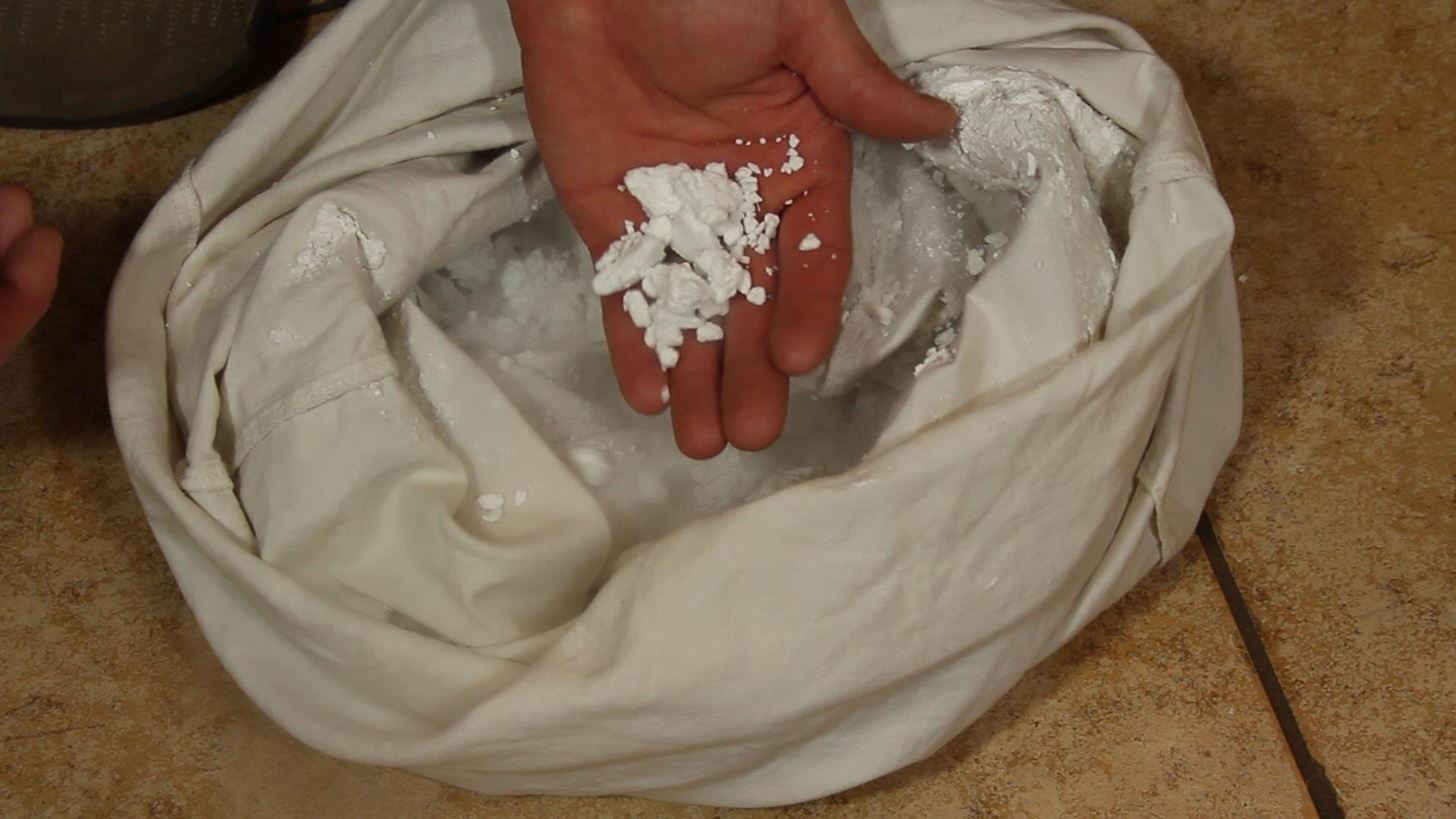

The dry-ice sublimates directly from a solid to a gas, so in an attempt to make it last longer, I transferred it to a small bowl to keep it together, and reduce the exposed surface area.

The classic dry-ice experiment is to place a few chunks in a container, and pour some warm water overtop.

This creates a flowing fog effect, that is common at halloween parties in something like a witches brew. The fog can even be poured out to form a cascading waterfall of mist that will flow gracefully over your countertop. The best part is, there's no mess to clean up!

I put a few chunks in a condiment container and screwed on a lid with a vent hole in the cap. When I shook it up, the reaction accelerated and I got a little CO2 geyser rocketing out of the top! The pressure was enough to make me wonder if it could be used to drive a small motor of some sort?

I tried making a poor man's version of liquid nitrogen, which actually flash-froze an orange!

The remainder of the dry-ice went into making a nice batch of carbonated ice-cream. Delicious!

Well, there's how to make "on demand" dry-ice in a portable and "do-it-yourself" fashion.
Saying that, I should mention that it cost just under $30 to refill the tank to get about 2 lbs of dry-ice. Contrasting that with the cost of dry-ice at the local grocery store ($1.00/lb) doesn't make financial sense, but this method is much more fun!
If you haven't see the video yet, it's not too late. Watch it here! And if you like this project, perhaps you'll like some of my others. Check them out at thekingofrandom.com.
Just updated your iPhone? You'll find new emoji, enhanced security, podcast transcripts, Apple Cash virtual numbers, and other useful features. There are even new additions hidden within Safari. Find out what's new and changed on your iPhone with the iOS 17.4 update.



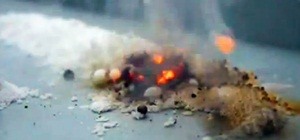

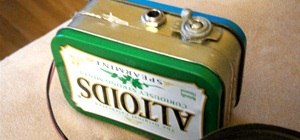




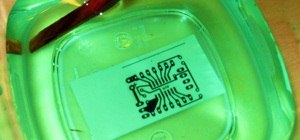
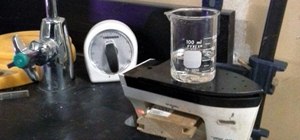
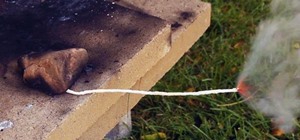











1 Comment
Going to try this! Cool to know if you are in need of Ice!
Share Your Thoughts